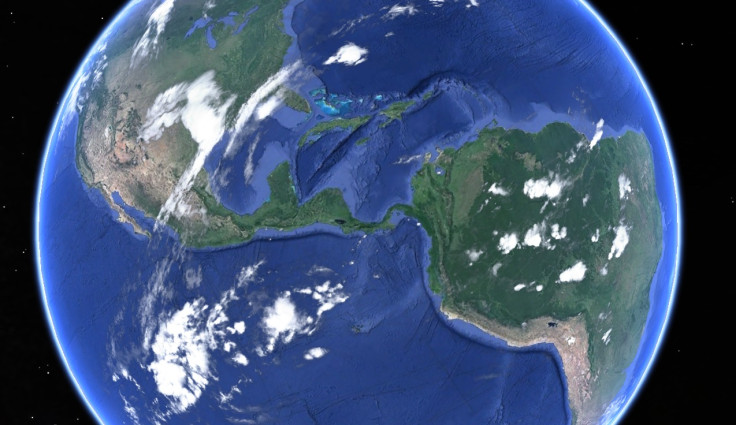Isthmus of Panama: Land linking North and South America formed millions of years earlier than thought

The land mass that connects North and South America formed millions of years earlier than thought, with the process taking place in pulses that altered the biological expansion that followed.
The Isthmus of Panama formation marks a watershed in oceanographic, climatic and evolutionary research. It is the narrow strip of land that lies between the Caribbean Sea and the Pacific Ocean.
Its connection allowed land animals and plants to travel between north and south, while ocean life in the Atlantic and Pacific became separated. Researchers had thought it fully closed about 3.5 million years ago – but this is not the case.
Previously, scientists believed the forming process had occurred gradually. But findings suggest two major migrational pulses took place, starting over 20 million years ago.
The study, published in the Proceedings For The National Academy Of Sciences, looked at the molecular and fossil data from the area to establish the timings of the biological exchange between the two continents.
Findings showed migrations started far earlier previously thought, suggesting a far more complex and lengthy picture. Christine Bacon, from the Department of Biological and Environmental Science, University of Gothenburg, told IBTimes UK: "There were a lot of things happening, you had sea level and drastic climate change, then these geological plates and pieces came together like a big jigsaw puzzle of geology - coming together and pulling apart, then coming together and pulling apart.
There were a lot of things happening, you had sea level and drastic climate change, then these geological plates and pieces came together like a big jigsaw puzzle of geology - coming together and pulling apart, then coming together and pulling apart
"That's why it's so interesting. We not only looked at what was happening on land, but for the first time we looked at what was happening in the oceans as well. When the ocean closed things that were widely spread were split in half. Those widely spread things then become two separate things – the process of speciation.
Researchers found there were "significant waves of dispersal of terrestrial organisms" 20 million years ago and six million years ago, with corresponding events showing the separation of marine organisms in the Atlantic and Pacific at 23 and seven million years ago.
Species passed between the two continents at a steady pace until about six million years ago, when northern migration of South American species increased significantly.
Bacon said the findings were unexpected, saying they thought they would see a slow accumulation of species.
"When we saw these waves it was really exciting," she said, adding their results align with researchers from other disciplines, like Paleo-oceanography and geography. "That's what other people are showing, that there were these pulses. It was very satisfying over time to see that the biology was doing that too – the organisms are showing a similar pattern."
Next, the team plans to study the ecology to answer further questions about the biology at the time – for example, mammals took far longer to migrate than other organisms. As well as this, the team says its findings could provide information about the mechanisms that drive global climate and help explain the biodiversity in the Americas.
"There's still some hanging threads we are working them right now," Bacon said. "It opens up as many questions as it answers."
© Copyright IBTimes 2024. All rights reserved.







